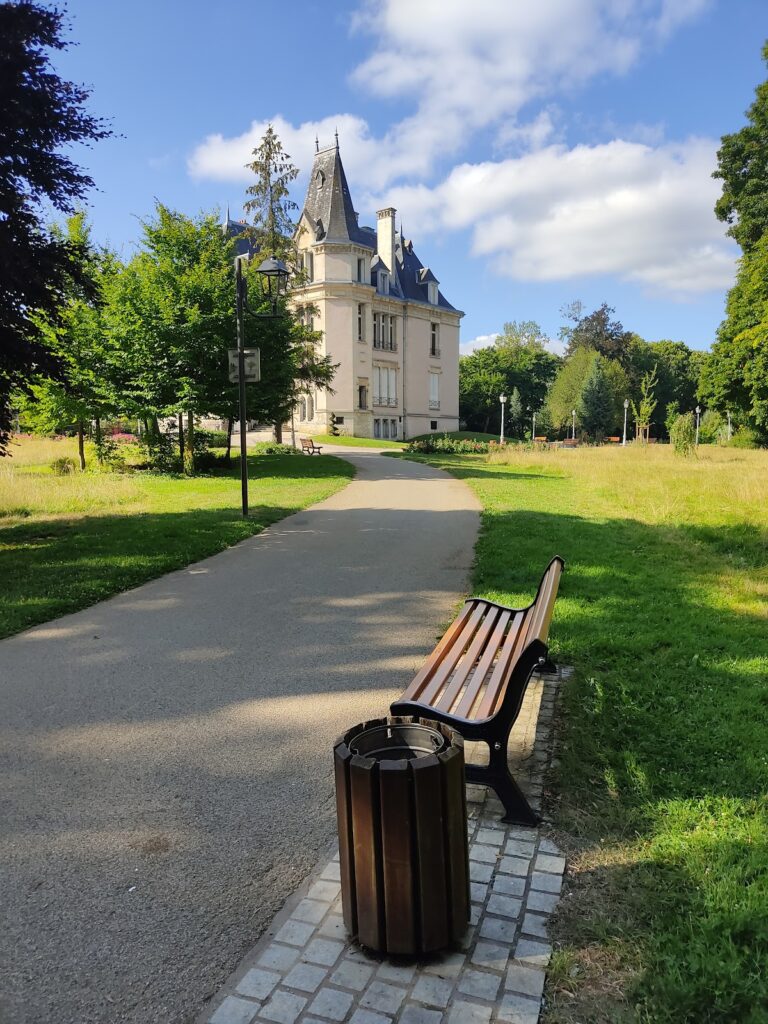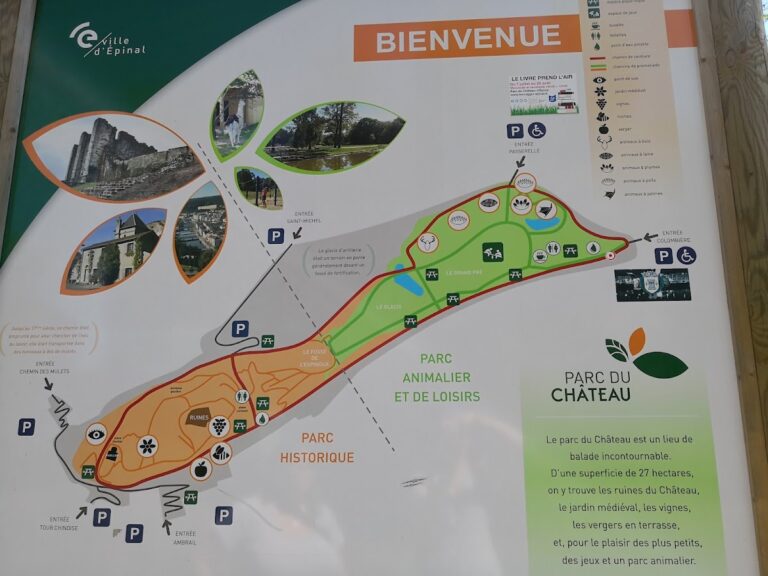Domaine du Charmois: A Historic Estate and Cultural Center in Vandœuvre-lès-Nancy
Visitor Information
Google Rating: 4.5
Popularity: Low
Google Maps: View on Google Maps
Official Website: www.vandoeuvre.fr
Country: France
Civilization: Unclassified
Remains: Military
History
The Domaine du Charmois is located in the municipality of Vandœuvre-lès-Nancy in modern-day France. It was established in the 18th century by Joseph Gilles, known as Provençal, a distinguished resident of Vandœuvre and painter to Stanislas, the Duke of Lorraine. In 1725, he acquired land on which he built a large residence surrounded by a formal French garden, meadows, and expanses covering approximately 15 hectares. The estate’s name derives from a plantation of hornbeam trees, known as “charmes” in French, that stood on the property.
During the upheaval of the French Revolution, the estate, which was then owned by the widow Lombard, was divided into five separate lots and sold as national property. Over time, the main manor house fell into neglect as the estate passed through various hands. Despite these transitions, the land remained a notable presence in the area.
A significant transformation occurred in 1892 when the present manor house was constructed. This new building was set within a reduced park of four hectares styled in the English garden tradition, contrasting with the original French formal design. Alongside the manor, a farm was established to serve agricultural activities on the surrounding lands.
World War II brought military occupation to the Domaine du Charmois, with German and later American forces using the premises. During this period, German prisoners of war confined on the estate painted a series of murals on the farm buildings. These artworks have been preserved and are catalogued by the region’s cultural heritage authority, acknowledging their historical and artistic value.
Starting in 1981, local authorities began acquiring the domain, gradually transforming the park into a public green space. Restoration work on the château was completed in 1986, followed by initiatives, beginning in 2008, to rehabilitate the farm buildings for cultural purposes. On September 13, 2014, the Domaine du Charmois was officially reopened as a community and cultural center under the direction of the mayor of Vandœuvre, Stéphane Hablot. The estate now serves as a venue for local residents, associations, and artists to gather and engage in cultural activities.
Remains
The Domaine du Charmois today presents a combination of architectural features spanning several centuries, set within a landscaped park that covers four hectares and follows the English garden style. The layout preserves historic elements while accommodating contemporary uses.
Central to the estate is the manor house built in 1892. Inside, visitors find a grand fireplace and an entrance hall enriched with decorative features. A prominent staircase features stained glass windows installed in 2002, adding color and light. The château contains a large salon of approximately 100 square meters capable of hosting 80 to 120 individuals depending on the event, complemented by two meeting rooms designed for smaller groups.
The farm complex, once supporting agricultural production and now repurposed for cultural events, retains original structures such as stables and a dovecote. These buildings bear notable prisoner-of-war murals created during the World War II occupation. Among these frescoes is a distinctive image depicting a Prussian soldier holding a quill, a figure unique to this site and preserved as part of the local heritage. The farm’s large hall, named after Michel Dinet, measures 340 square meters and can accommodate 220 seated guests. Nearby, a modular room of 120 square meters is prepared for groups of up to 80, alongside additional activity spaces including a room called Le Provençal.
The surrounding park features a varied collection of rare tree species alongside a small stream and serves as a protected habitat for diverse birdlife recognized by the League for the Protection of Birds (LPO). Four gates mark entrances to the domain: the main northern gate retains eighteenth-century fire pots dating from Provençal’s time; the eastern gate named after Jean Macé offers access to a historic riding alley; the western gate, once the principal entrance, faces the nearby university campus; and the southern gate provides passage to greenhouse areas.
Historic elements such as the original orangerie built by Provençal and its nineteenth-century successor were both demolished in 1985 and replaced by a modern building. Additionally, the estate’s original fountain from the early eighteenth century was moved by earlier owners to a neighboring property known as Petit Charmois.
In efforts to protect local wildlife, a squirrel crossing, known as an ecuroduc, was installed within the park in September 2019 to help prevent squirrel deaths by offering a safe passage over nearby roads. This feature reflects continued care for the estate’s natural environment alongside its cultural heritage.










